
Thoracic Back Pain
A Physical Therapy Study on Mid Thoracic Back Pain. How Conservative Treatment is important to manage Thoracic Spine Dysfunction.
-Thoracic Back Pain Exercises to Relieve Symptoms-
Mid Thoracic Back Pain can inflict soreness, impairment, dysfunction, and discomfort that occur in the thoracic spine. The thoracic spine is located at the back of the chest; According to Colin Tidy et la (2020) the pain might spread from the base of the neck to the beginning of the lumbar spine zone, mainly the mid thoracic back pain is observed between the scapular bones or more commonly known as shoulder blades. It can result in a significant disability or dysfunction. As reported by Eric Sterne et la (2019) the pain in the spinal region can be generated by numerous sources and is highly important to undergo a comprehensive physical clinical evaluation and accomplish an effective sports injury management care program, it should be noted that the Mid Thoracic Back Pain is way less frequent in comparison to lumbar and cervical pathologies.
In this article you shall learn about thoracic back pain etiology, how to prevent mid back, diagnosis, and Physical Therapy treatment required to improve this condition.
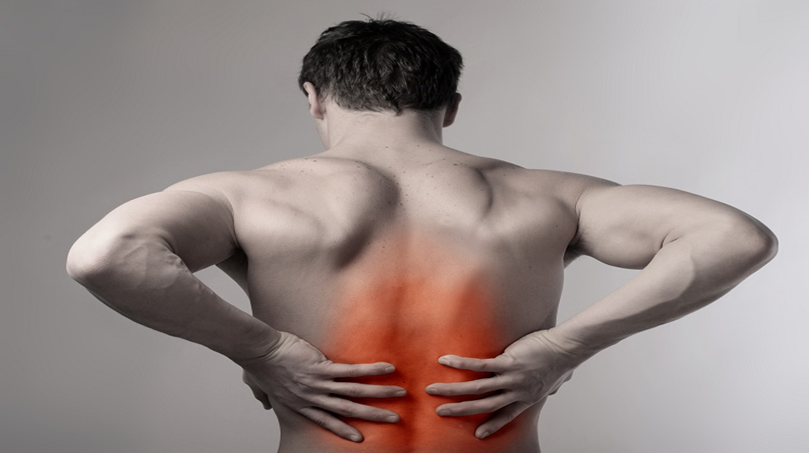
How common the Mid Thoracic Back Pain is amongst regular Individuals and Elite Athletes?
As said from the abovementioned statement thoracic back pain is less usual than lumbar back pain. A clinical investigation study published by Kristine A Karlson (2004) showed that in the thoracic region in the elite athletes the pain comes about from the chest in most of the cases, so the thoracic back remains pain free. In spite of the fact that the spine is kept safe from sudden movements by virtue of the ribs and the adjacent muscles that surround it, the thoracic back is still liable to suffer from certain types of injuries due to overuse while performing sporting activities, these injuries encompass avulsions, muscle strains, and stress fractures.
On the other hand, in the regular population a group of researchers carried out several studies where different groups of 100 people were asked if they sustain or ever suffered this ache, the highest result was in a study where 74 subjects out of 100 answered affirmatively after having experienced thoracic back pain. In conclusion, this condition is common in the general population. Also, there is some evidence of biopsychosocial associations.
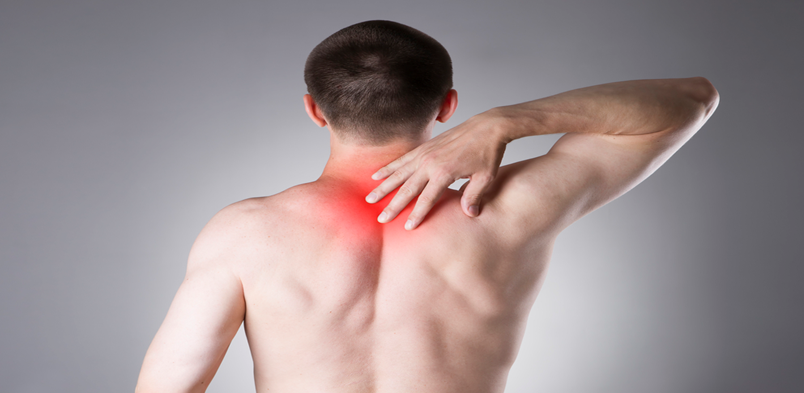
Is age a determining factor for Mid Thoracic Back Pain? If So,
Which subjects are more prone to having Mid Thoracic Back Pain?
Some research and studies carried out by Andrew M Briggs et la 2009 especially in young patients, where the thoracic back pain turned out to be more common than is usually believed.
The mid thoracic back pain (TBP) got an increasing prevalence rate in regard to age since the transition stage between childhood and adulthood was the period where the affected people presented mid thoracic spine pain the most.
Generally, these studies reported a higher prevalence for TBP in child and adolescent populations, and particularly for females. Some evidence shows that soreness or dysfunction of the thoracic back pain is not insignificant in adulthood, whereas, the incidence of spinal pain amongst healthy teenagers is described as significant as well, since it has been increasing over the years, which may indicate a growing condition, specifically for future grown-up subjects.
However, more worldwide research studies are required in order to prove if this increasing impact is an international matter. This focus attention on how important is to examining prognostic factors and risks for the thoracic mid back pain condition, from childhood through adulthood, published by Anne J Smith et la for BMC Musculoskeletal Disorders.
Which sports are the most likely to cause Thoracic Back Pain?
Thanks to advances in the prevention of high performance sports-related injuries to the thoracic spine, it is an easy task to find proven equipment with advanced technology that helps the elite athlete to be less prone to suffering from mid thoracic back pain.
However, in sports such as hockey, even when the equipment for the head, neck and body provides great protection, this has not been able to reduce the pain in those who practice this sport.
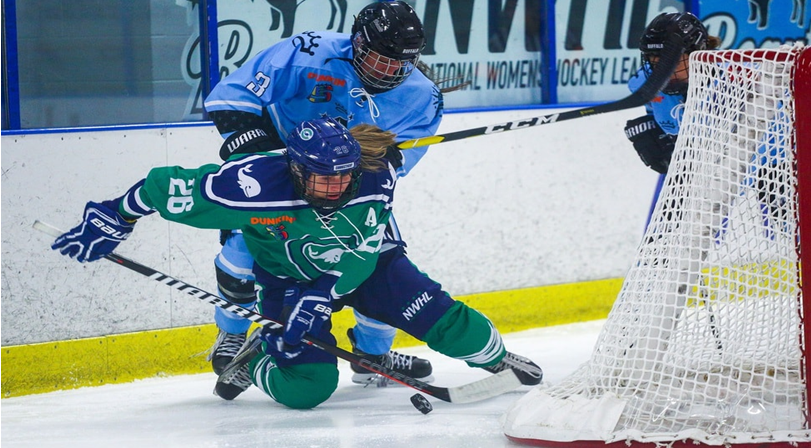
As indicated by Current Sports Medicine Journal. In general lines, aggressive sports of total contact such as rugby or American football are the most prone to produce this type of pain and impairment.
Notwithstanding, there are several sports that are not as aggressive as those mentioned above, they also tend to produce thoracic back pain, repetitive load sports on the spine like rowing, gymnastics, and golf.
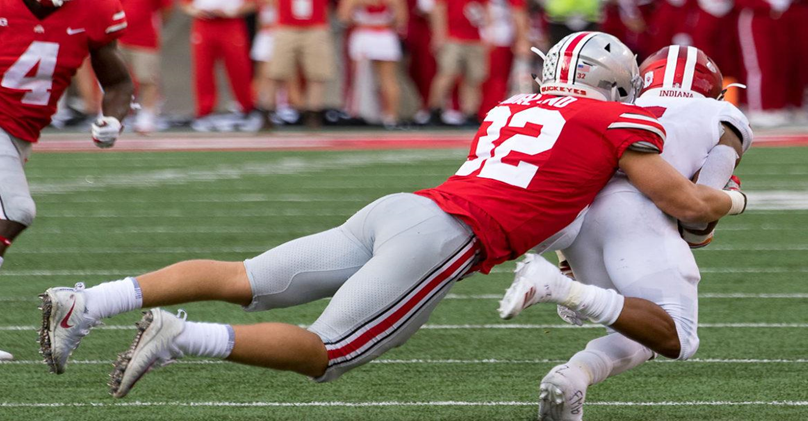
Mid Back Pain whilst deadlifting in the gym?
Valley Spinal Care (SPC) explains that the deadlift is one of the best and most complete exercises that we can do in the gym. It develops the strength of the whole body and the muscles of the back of the body that are usually neglected or underdeveloped.
But, although it is one of the best exercises in the fitness world, it can also cause pain if we do not perform it correctly. For instance, how many times have you felt a sharp pain in your Mid Thoracic Back after doing the deadlift?
The deadlift puts a lot of stress on your back and it is normal for your lower back to feel tired after doing the exercise, but your hamstrings, buttocks, lats and erector spinae muscles should also feel tired.
If you only notice pain in your Mid Thoracic Back after doing the deadlift, keep reading this and let’s dive into it.
How to prevent Mid Thoracic Back Pain while performing Deadlifting exercise routine in the gym?
- Don’t lift too much weight
Without a doubt, this is the factor that can cause the most pain in the back. Lifting too much weight will prevent you from maintaining the correct posture and technique for the exercise to be safe.
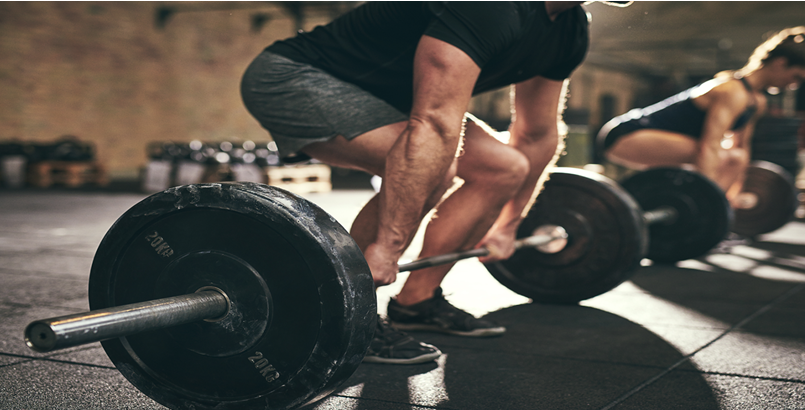
- Keep an adequate breathing technique in order to stabilise your core muscles area
When you breathe, you lose internal pressure and control of the diaphragm that supports the spine. Breathing the right way is one of the best ways of the core muscles area to be prepared for carrying out your set of exercises, and it is also an essential part of doing deadlifting suitably.
- Execution speed
Mainly, there are two ways to do the deadlift; with stop and without stop.
The non-stop deadlift consists of hitting the discs on the ground as you come down from the bar and coming back up without a pause, making a kind of bounce. This form can be helpful in maintaining muscle tension throughout the exercise, but performance may be sped up and correct technique neglected.
The deadlift with pause between reps allows you to get back into the proper position and maintain correct technique throughout the exercise. In this way, in addition to making exercise safer, you can help get the most out of it.
- Uneven grip width
When holding the bar, be sure to spread your hands evenly apart with the same breadth of your legs.
Using an uneven grip can put more strain on one side of the body, making the exercise more difficult, and can also lead to back pain.

Concerned about your Back Pain Symptoms?
MY SPORTS INJURY | Sports Physiotherapy clinic is easily accessible for the array of business people working in the city center and also offers corporate partners direct Sports therapy treatment into businesses and premises in and around Manchester.
Some of the treatments that are available to the patients are Sports Massage, Sports Physiotherapy, Osteopathy & Body Postural Rehabilitation. Designed to treat the direct source of pain, not just the symptoms allowing you to live and pain-free optimal lifestyle.
What are the most recommended stretches for Low- Back Pain & Mid-Back Pain by Sports Physiotherapy Manchester Specialists?
10 stretches for Low Back or Mid Back Pain everyone should do
- Stretch a Knee to the Chest for mid back pain
Lie on your back with both knees bent, hold one thigh behind the knee with one hand and bring the knee toward the chest, hold this position for 20 seconds, relax, and repeat it 5 times on each side.
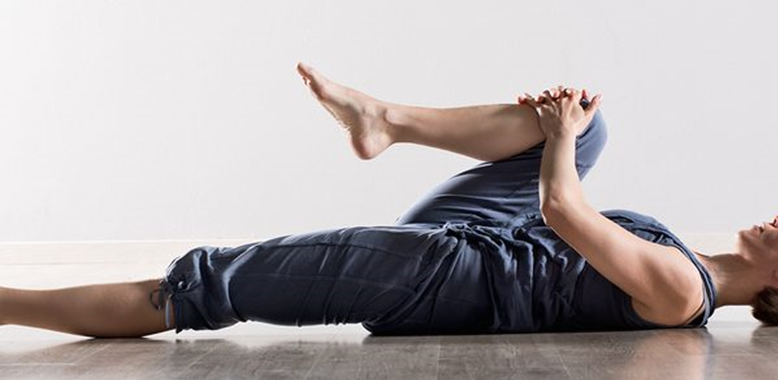
- Hamstring stretch for low back pain
Lie on your back with your legs bent, hold one thigh behind the knee with your hand, slowly straighten your knee until you feel the back of your thigh stretch, hold this position for 20 seconds, relax, and repeat it 5 times on each side.
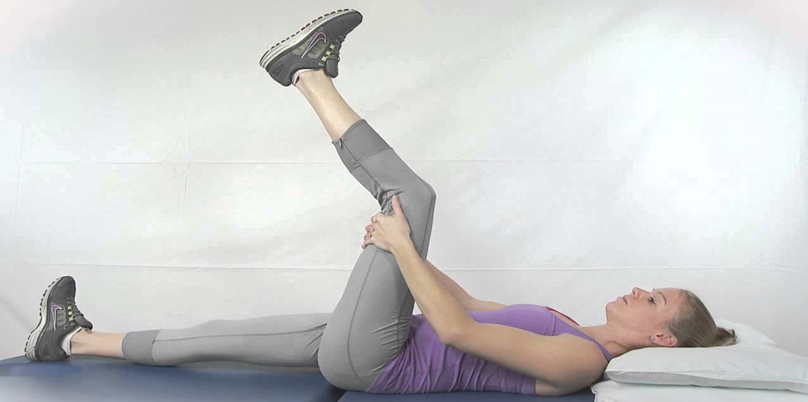
- Squat against the wall for back pain in general
Stand with your back leaning against the wall, move your feet 12 inches in front of the body, maintain your ab muscles contracted as you slowly bend your knees 45 degrees, hold this position for 5 seconds, slowly return to the upright position, and repeat it 10 times.
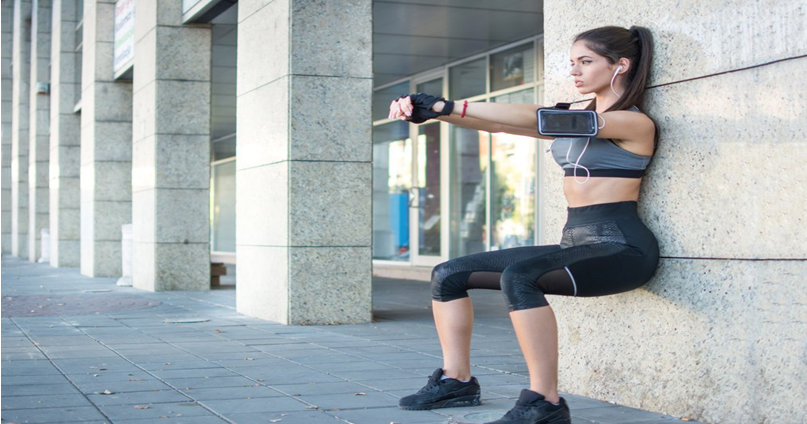
- Opposite arm and leg exercise
This simple exercise reduces tension in the lower back and also strengthens the abdominal muscles.
Stand on four supports, with the palms of your hands on the floor and your knees bent raise and stretch your right arm and left leg until they are parallel to the ground, hold the pose for 4 seconds and slowly return to the starting position, repeat the activity with the opposite arm and leg, perform 3 sets of 10 reps on each side.
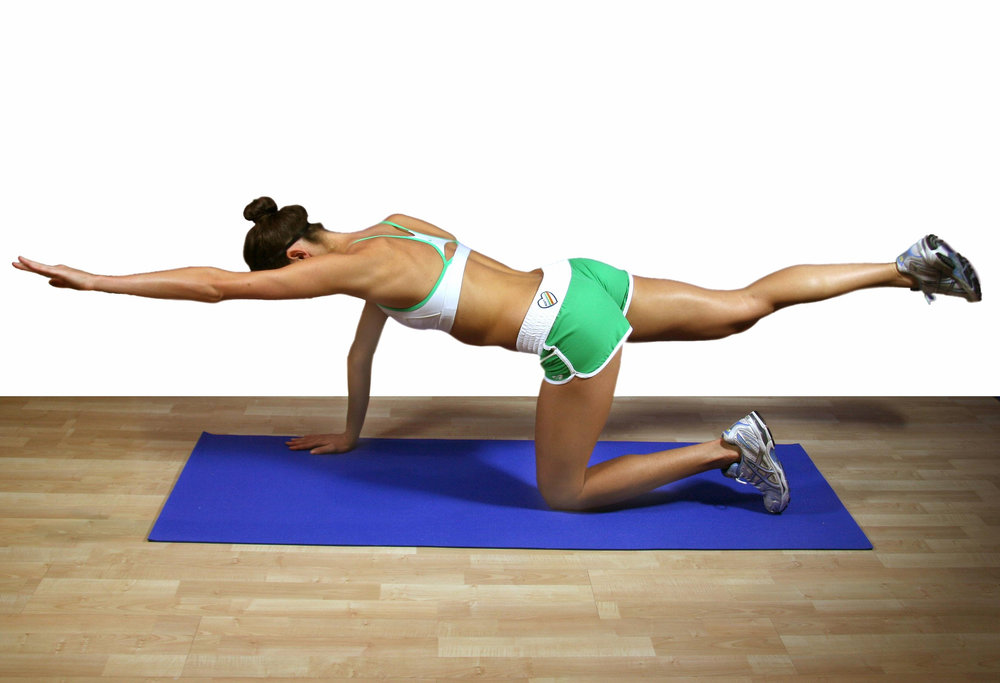
- Opposite arm and leg on belly
This activity is similar to the previous one, with the difference that this time you will keep your belly on the ground for support, instead of your knees.
Lie face down on an exercise mat with your arms extended toward the crown of your head and your palms on the floor, simultaneously raise your right arm and left leg to a comfortable height, hold the position for a couple of seconds and slowly return to the starting position, repeat with the other side and complete 10 reps for each, and perform 3 or 4 sets per session.
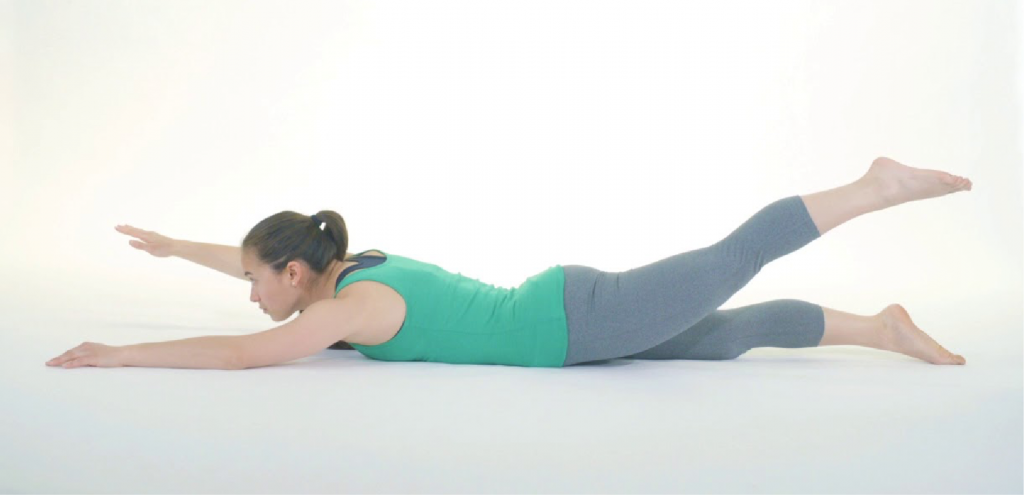
- Pelvic elevation
The pelvic lift or bridge is an exercise that works the muscles of the lower back and abdominal.
Lie on your back on a mat, bend your knees, and put your feet on the floor; keep your hands at the sides of your body and keeping your back straight, lift your buttocks off the floor and lift your pelvis. Hold the pose for 10 seconds, rest, and repeat 10 times.
Pe
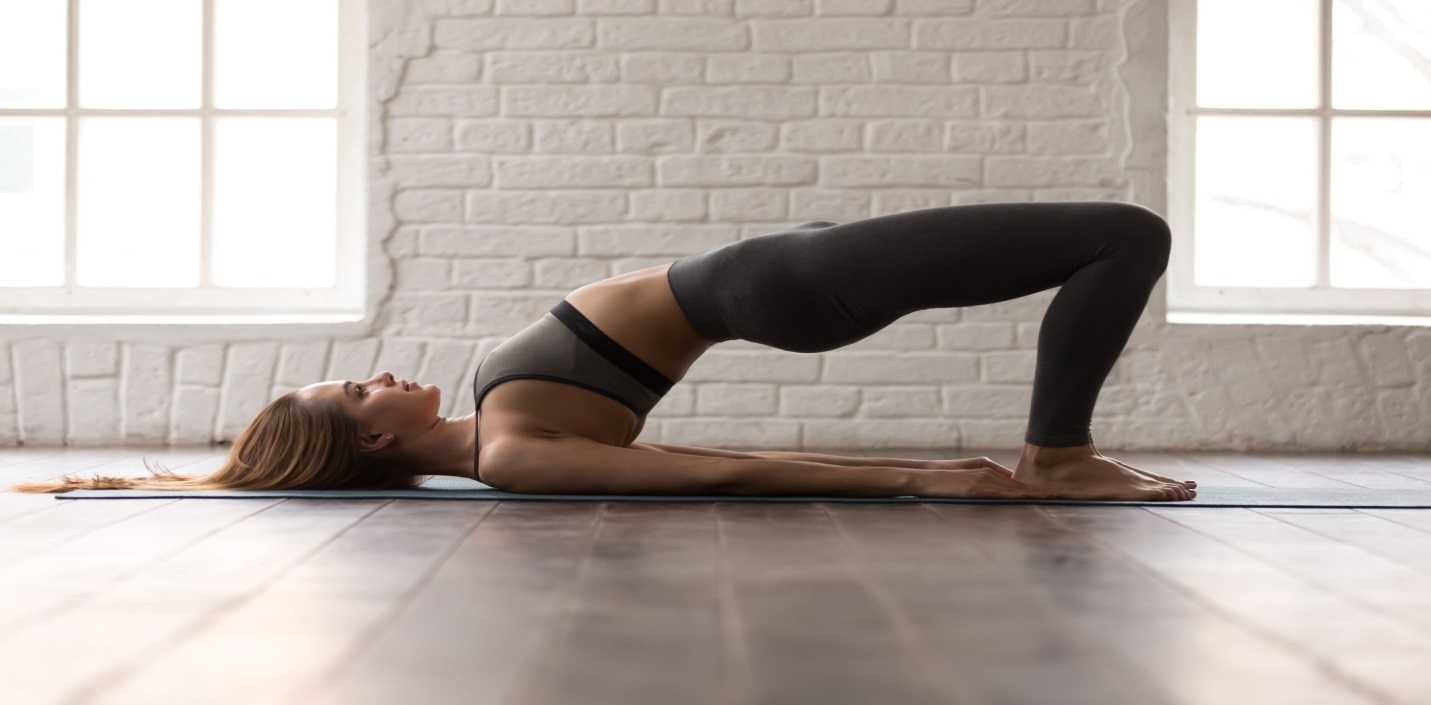
- Hip flexion
This is a Sports Physiotherapy exercise for Lower Back Pain, although, this exercise is designed to tone the hips, it is proven that it could also have a positive effect to strengthen the lower back, alleviating its discomfort.
Put your left foot in front of the other, with your knee bent forward as you straighten your right leg, bend your trunk forward so that your left knee makes contact with the axillary fold and returns to the starting position, perform the same movement with each leg alternately until completing 10 repetitions.
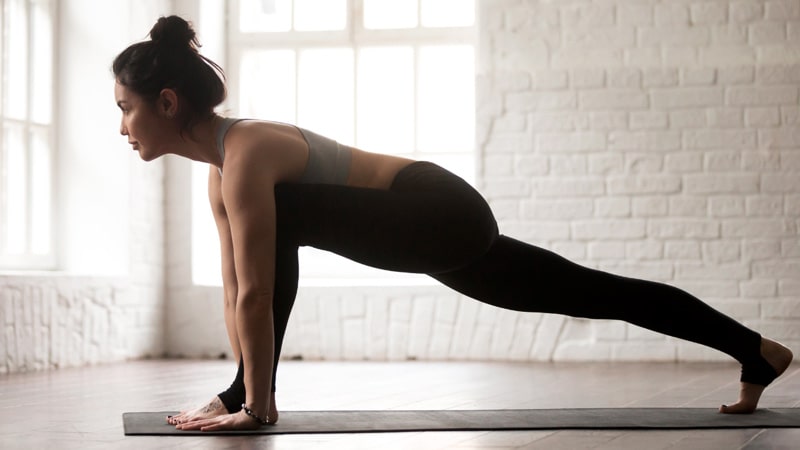
- Oblique exercises
The objective of these middle and low back pain exercises is to strengthen the muscles of the lumbar and oblique muscles of the waist.

- Cat-cow stretch
This exercise can help make your entire spine, from your hips and lower back to your shoulders and neck, be more flexible.
Support yourself with your hands and knees on the ground. The knees should be separated and aligned with the hips, and the hands should be aligned with the shoulders. Your stomach should be firm, as if you were trying to glue your belly button to your spine.
Inhale and tilt your pelvis back so that it rises slightly, move your head up as if trying to look up at the ceiling, but don’t strain your neck. As you exhale, pull your stomach toward your spine and hunch your back. You should look like an angry cat with a hunched back. Inhale and return to the “cow” position of this pose, perform 10 complete cycles from cat to cow.
Strech
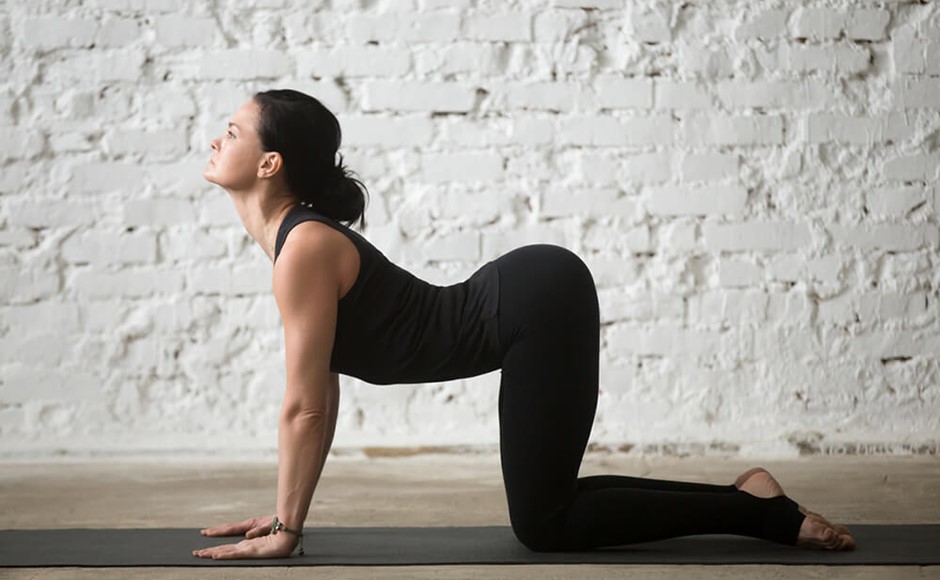
- Ball wall squat exercise for your lower back and middle back pain
Slowly bend your knees 45 to 90 degrees, hold this position for 5 seconds. Straighten your knees and slowly bend your knees 45 to 90 degrees while raising both arms overhead.
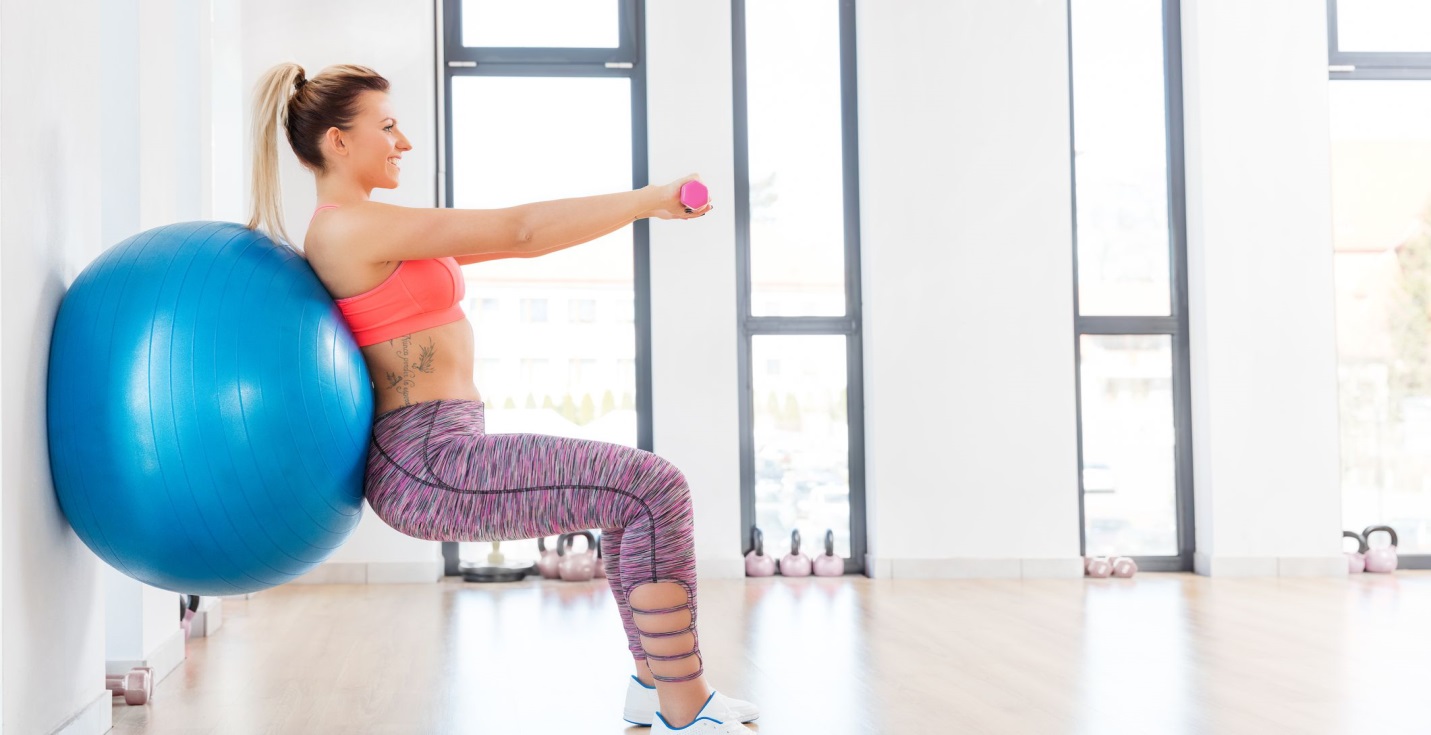
What is the mechanism of action of chest back pain?
The Centers of Advanced Orthopedics (CAO) has indicated that the most common cause of thoracic back pain/ chest back pain is inflammation of the muscles, ligaments, tendons, or soft tissue of the thoracic spine. This inflammation can be caused by different factors that the general population usually does without realizing it, these are.
- Having suffered sudden sprain or strain (such as in car accidents or sports injuries).
- Having had a fall or a direct blow to the thoracic region can cause pain. Rib fractures that can have an effect on the thoracic nerves as well.
- Sitting for a long time in a desk or computer chair.
- Lasting a long time standing in a stooped position repeatedly.
- Repetitively carrying significant weight with your spine, such as a backpack or suitcase.
- Performing persistent movements where the thoracic part of the spine is involved (such as in sports or at work), also well-known as an overuse injury.
Some of the less common causes are those that involve a disease or physiological factor such as Thoracic Herniated Disc, Arthritis, Spinal Infection, and Spinal Toumors. It cannot be assumed that all the pain in the thoracic back is due to the spine itself, in many cases the pain in this area is also produced by problems that affect the lungs, the upper part of the esophagus, the stomach, the pancreas, and up to the gallbladder, issued by Colin Tidy (2020).
When you should go to the ER for back pain
- Sudden spike in pain, discomfort, weakness or numbness.
- Loss of bladder function.
- High fever.
- Severe stomach pain.
- Unexplainable weight loss.
- The pain results from a fall or severe blow to your back.
Spinal pain rehabilitation is one of the most used and most effective methods in the treatment of both acute and chronic either low back pain or mid back pain and in any type of diagnosis. Sports physiotherapy rehabilitation encompasses a multitude of techniques ranging from kynesiotherapy, which covers everything related to exercises, to electrotherapy with the use of short wave or ultrasound, through hydrotherapy with baths at different temperatures.
The role of sports physiotherapy Manchester specialist in the treatment of back pain is to reduce pain and improve the functional capacity of the patient, allowing him to return to work and day to day activities and lead a normal life. Physical therapy Manchester approach also has a preventive task with the aim of improving the patient’s ability to manage the back problem and prevent it from appearing again, always attempt to see a sports physiotherapy Manchester expert in order to get your spinal discomfort and dysfunction fixed, request an appointment and finally live pain free.
Published by Rafael Peña for www.mysportsinjury.co.uk
References
- Karlson KA. Thoracic region pain in athletes. Curr Sports Med Rep. 2004 Feb;3(1):53-7. doi: 10.1249/00149619-200402000-00010. PMID: 14728915.
- Menzer, Heather MD; Gill, G. Keith MD; Paterson, Andrew MD Thoracic Spine Sports-Related Injuries, Current Sports Medicine Reports: January 2015 – Volume 14 – Issue 1 – p 34-40 doi: 10.1249/JSR.0000000000000117
- Briggs, A.M., Smith, A.J., Straker, L.M. et al. Thoracic spine pain in the general population: Prevalence, incidence and associated factors in children, adolescents and adults. A systematic review. BMC Musculoskelet Disord 10, 77 (2009).
- Sterne E., Roig R.L., Guirguis M. (2019) Thoracic Back Pain. In: Abd-Elsayed A. (eds) Pain. Springer, Cham. https://doi.org/10.1007/978-3-319-99124-5_136
- Chua NH, Gultuna I, Riezebos P, et al; Percutaneous thoracic intervertebral disc nucleoplasty: technical notes from 3 patients with painful thoracic disc herniations. Asian Spine J. 2011 Mar5(1):15-9. doi: 10.4184/asj.2011.5.1.15. Epub 2011 Mar 2.

